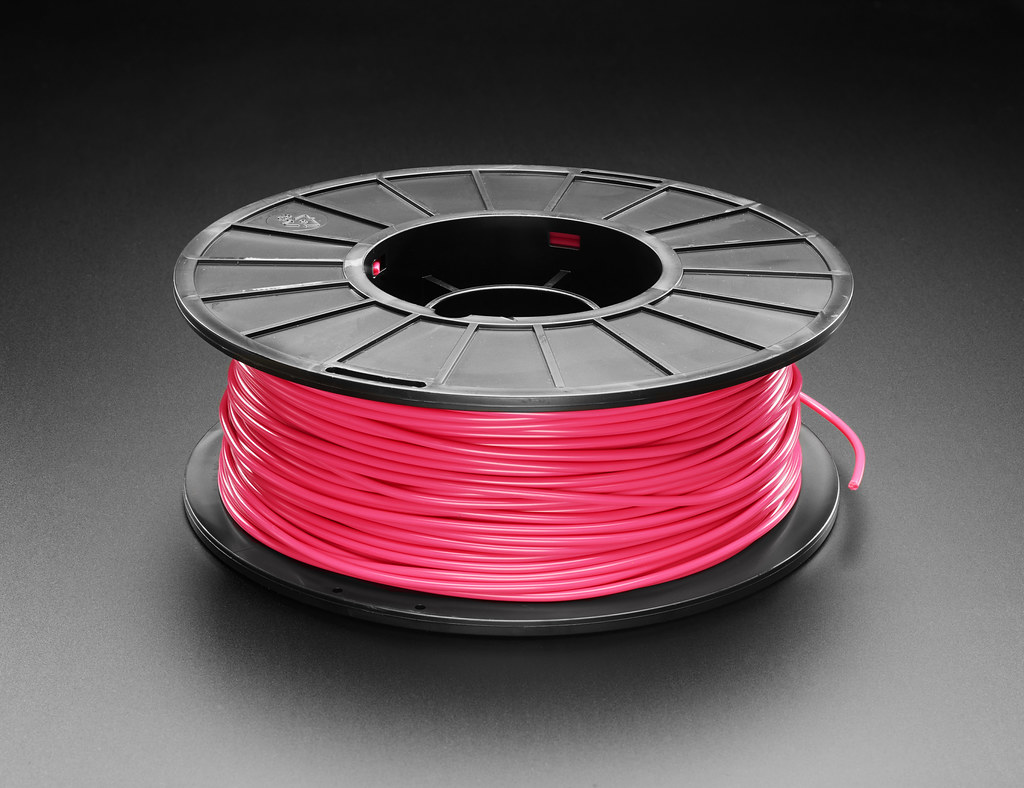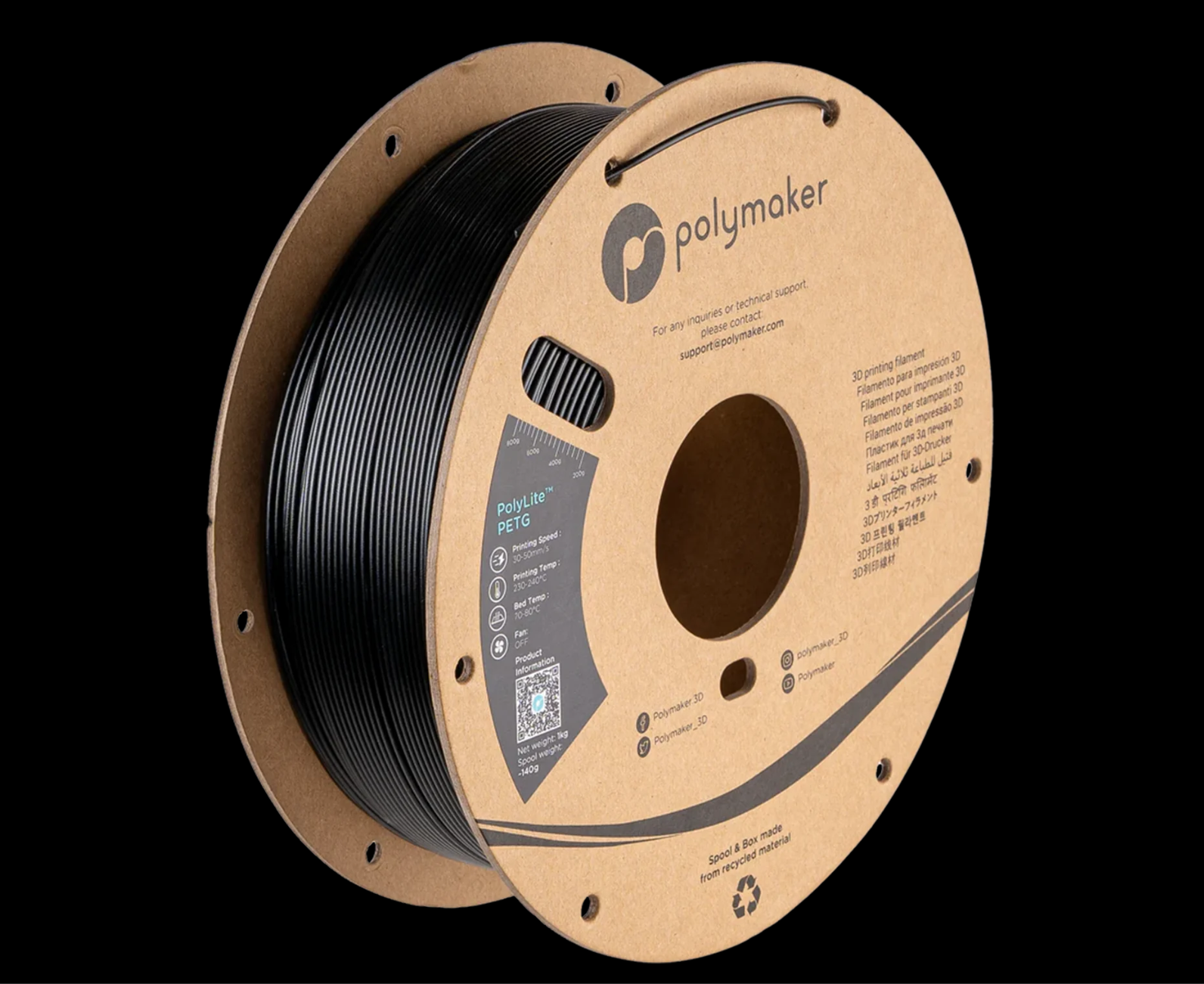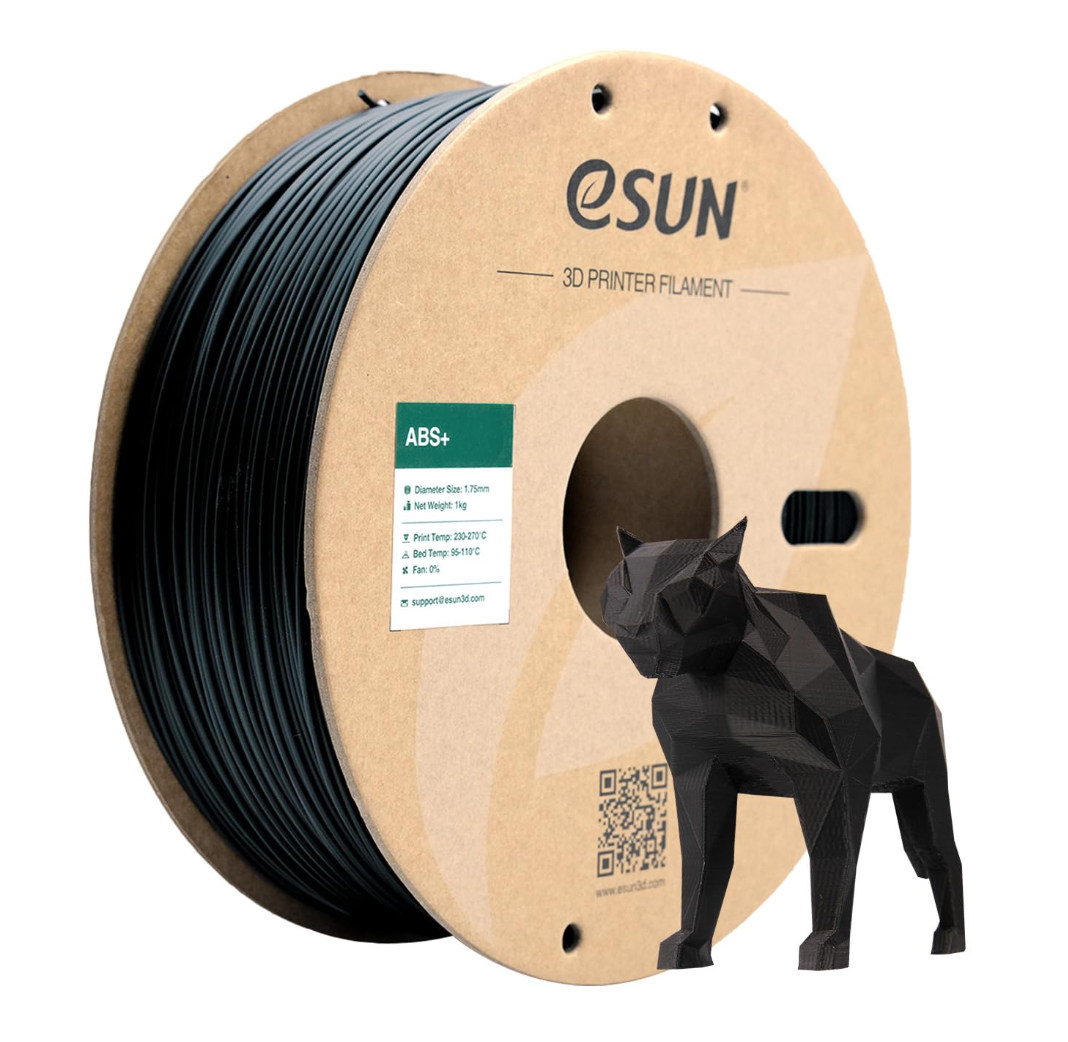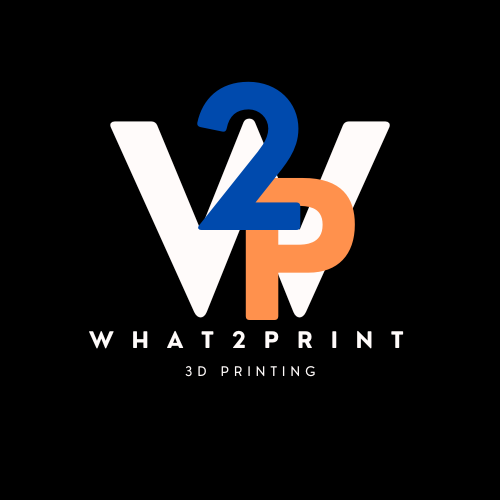Back to Tutorials


Understanding 3D Printing Filaments
A comprehensive guide to different types of filaments and how to use them effectively
Common Filament Types

PLA (Polylactic Acid)
The most popular and beginner-friendly filament
Properties
- Easy to print with
- Low warping
- Biodegradable
- Good for most general prints
Best For
- Prototypes
- Decorative items
- General purpose printing
Print Temperature: 180-220°C

PETG (Polyethylene Terephthalate Glycol)
Strong and durable with good temperature resistance
Properties
- Strong and durable
- Water resistant
- Good layer adhesion
- More challenging than PLA
Best For
- Functional parts
- Outdoor use
- Mechanical parts
Print Temperature: 230-250°C

ABS (Acrylonitrile Butadiene Styrene)
Tough and heat-resistant, but requires ventilation
Properties
- High strength
- Heat resistant
- Requires heated bed
- Needs good ventilation
Best For
- Automotive parts
- High-temperature applications
- Durable prototypes
Print Temperature: 230-250°C
Specialty Filaments
TPU/TPE (Thermoplastic Polyurethane/Elastomer)
Flexible and rubber-like materials
Properties
- Flexible
- Durable
- Shock absorbing
Best For
- Phone cases
- Shoe soles
- Flexible parts
Wood Filament
PLA mixed with wood particles
Properties
- Wood-like appearance
- Can be sanded and stained
- Unique texture
Best For
- Decorative items
- Furniture prototypes
- Artistic pieces
Metal Filament
PLA mixed with metal particles
Properties
- Metallic appearance
- Heavier than standard PLA
- Can be polished
Best For
- Decorative items
- Metal-like prototypes
- Artistic pieces
Filament Storage Tips
- Store filaments in a dry, cool place
- Use airtight containers with desiccant
- Keep away from direct sunlight
- Consider using a filament dryer for humid environments
Ready to Start Printing?
Check out our printer recommendations to find the perfect machine for your filament needs
